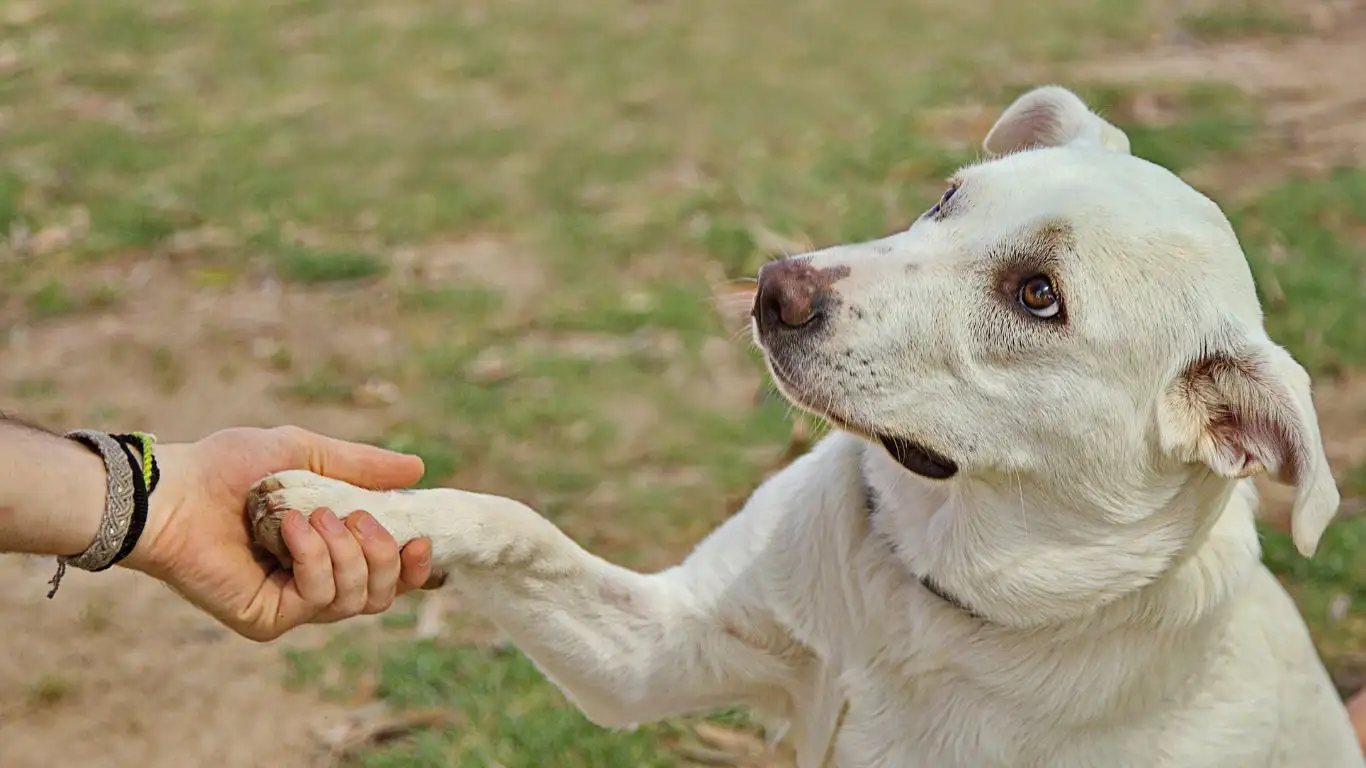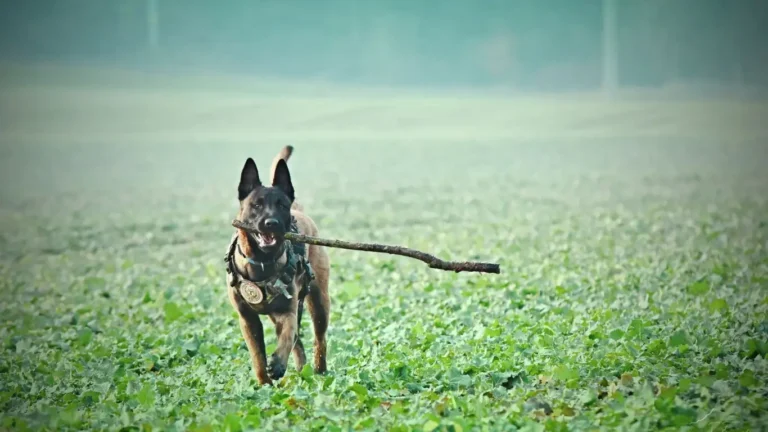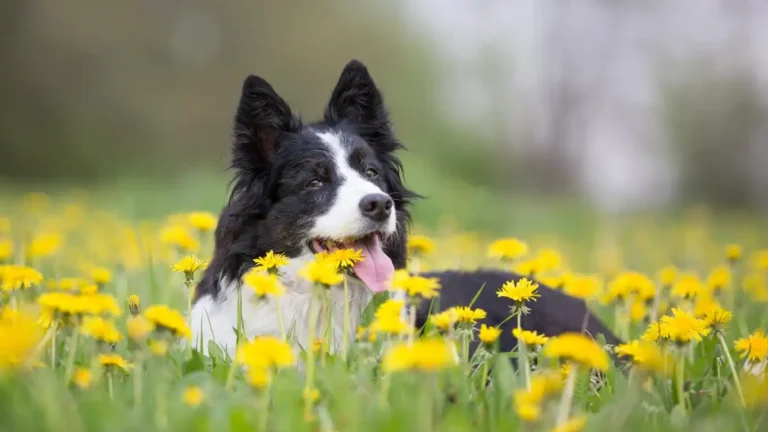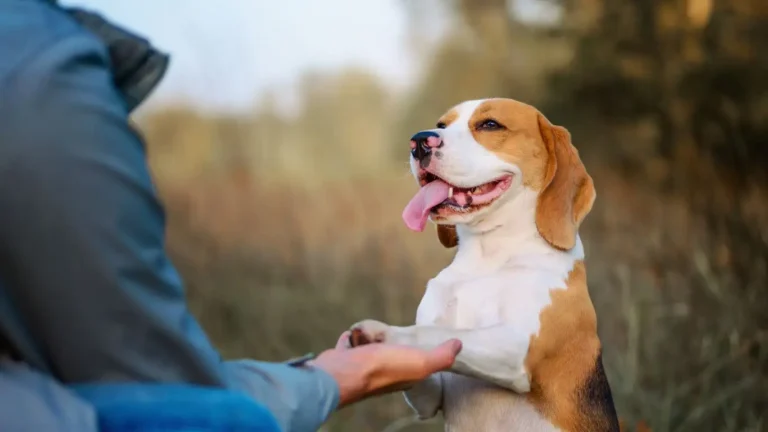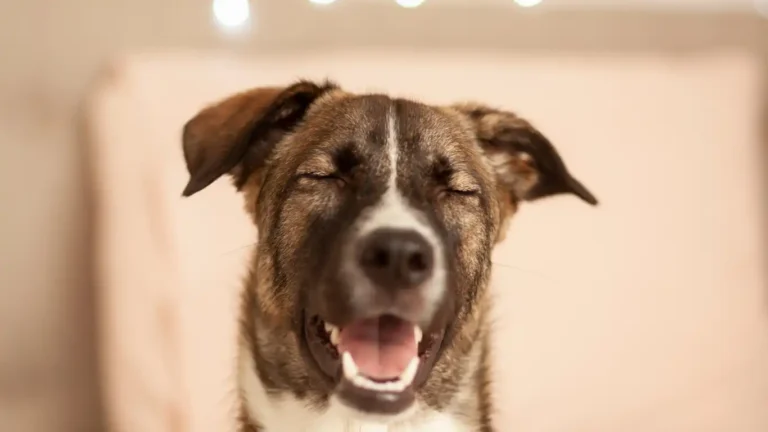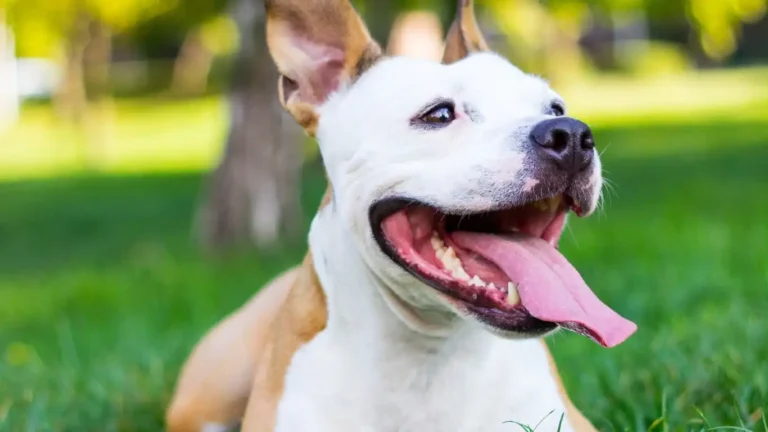Master How to Train a Dog to Enjoy Playing Fetch the Right Way
As a Canine-Assisted Therapy Trainer, I’ve seen firsthand the profound impact that dogs can have on people’s lives. But did you know that one of the most effective ways to strengthen your bond with your dog, improve their physical health, and stimulate their mind is by teaching them to enjoy playing fetch properly? If you’ve ever wondered how to train a dog to enjoy playing fetch properly, you’re in the right place. It’s not just about throwing a ball; it’s about creating an experience that’s fun, engaging, and rewarding for your dog. In this guide, I’ll walk you through the steps that will help you develop this rewarding activity with your dog, and trust me, it’s going to be a blast for both of you!
Understanding Your Dog’s Natural Instincts

Before diving into the steps on how to train your dog to play fetch, it’s essential to understand your dog’s natural instincts. Dogs are descendants of wolves, and many still retain hunting and retrieving instincts. However, just because your dog has the potential to enjoy playing fetch doesn’t mean they automatically know how to do it. The key is understanding their instincts and working with them to enhance the game. Some dogs naturally love retrieving, while others may need a little more encouragement or even some extra training.
Instinctual Drive vs. Learned Behavior
Dogs have different levels of instinctual drive when it comes to chasing and retrieving. Some breeds, like Border Collies, Labrador Retrievers, and Golden Retrievers, are known for their high retrieving instincts. These dogs are naturally more inclined to enjoy fetch. However, other breeds may not have as strong a drive to chase or return the object. This doesn’t mean that they can’t learn to love fetch, but it will take a bit more patience and creativity from you as a trainer.
Start with the Basics: Get the Right Toys
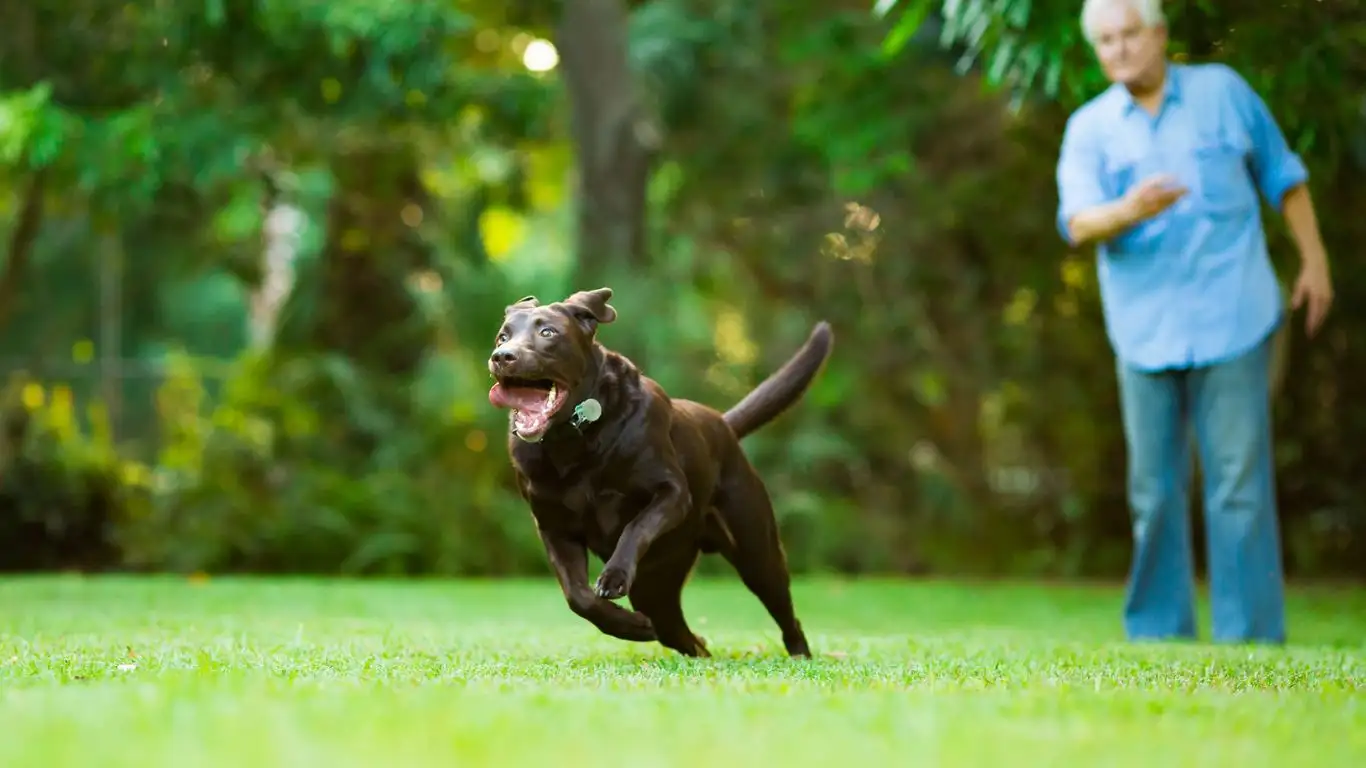
Choosing the right toy is crucial when you start teaching your dog how to play fetch properly. Not all toys are created equal, and every dog has their preference. Some dogs prefer soft, squeaky toys, while others may be drawn to tennis balls, frisbees, or rubber chews. The goal here is to make the toy something your dog wants to chase. Try different toys and observe which one gets your dog excited. I can tell you from experience, my dogs absolutely love a squeaky ball that’s the perfect size for them to carry around comfortably.
Find What Gets Your Dog’s Attention
When choosing a toy, think about what excites your dog the most. Some dogs respond better to brightly colored items, while others are more interested in objects that make noise. Keep an eye out for their body language when they interact with different toys. Are they wagging their tails? Are they trying to bite or paw at the toy? These are all signs that they’re engaged and ready to learn. The toy you choose will help set the foundation for fetch training.
How to Introduce Fetch: The First Step
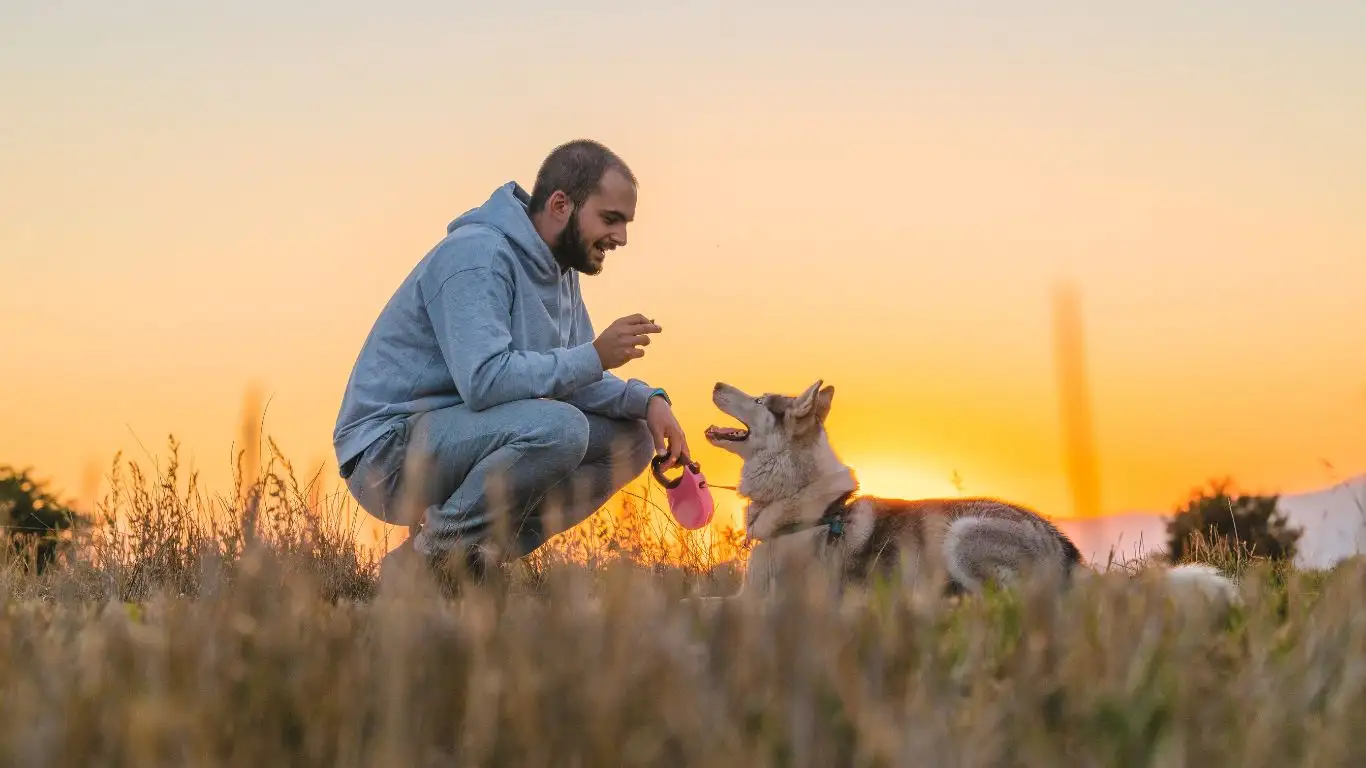
Now that you have the right toy, it’s time to introduce your dog to the idea of fetch. This stage is crucial because it will determine whether your dog learns to enjoy the game or not. Start indoors or in a small, quiet space where there are minimal distractions. It’s much easier to teach fetch in a controlled environment where your dog feels safe and comfortable.
Building the Excitement
Begin by showing your dog the toy and letting them sniff it. Make it an exciting moment! You can even use a high-pitched, enthusiastic voice to create excitement. Dogs respond to energy and tone, so be sure to match your enthusiasm with your body language. Toss the toy a few feet away, but don’t expect your dog to retrieve it just yet. At this stage, it’s all about building curiosity and excitement around the toy.
Use Positive Reinforcement
Whenever your dog shows interest in the toy, whether it’s sniffing it or picking it up in their mouth, reward them with praise and maybe even a treat. Positive reinforcement is key in making sure they associate playing with the toy with good things. Consistently reward them for engaging with the toy. This helps create a positive, fun environment where your dog feels encouraged to keep playing. I’ve found that short, fun sessions of just a few minutes are perfect for building your dog’s interest without overwhelming them.
Gradually Increase the Difficulty
As your dog starts to get the hang of retrieving the toy, it’s time to make things a little more challenging. Start tossing the toy a little farther away, and try to see if your dog will chase it down. You can also try varying the way you throw the toy. Instead of just tossing it, roll it on the ground, or gently bounce it to catch their attention. The goal is to keep the game interesting and varied, so your dog doesn’t get bored.
Patience is Key
Some dogs may take to fetch right away, while others might need a little more time to get comfortable with the game. It’s essential to be patient with your dog and let them learn at their own pace. If they get distracted or lose interest, that’s okay! Take a break and try again later. The more you work with them, the better they’ll get at playing fetch properly. Remember, training is about consistency, so try to practice regularly, but keep the sessions short and fun.
In the next part, we’ll dive deeper into advanced techniques for teaching your dog to love fetch and play it more effectively. Stay tuned!
Reinforcing the Retrieve: Teaching Your Dog to Bring It Back
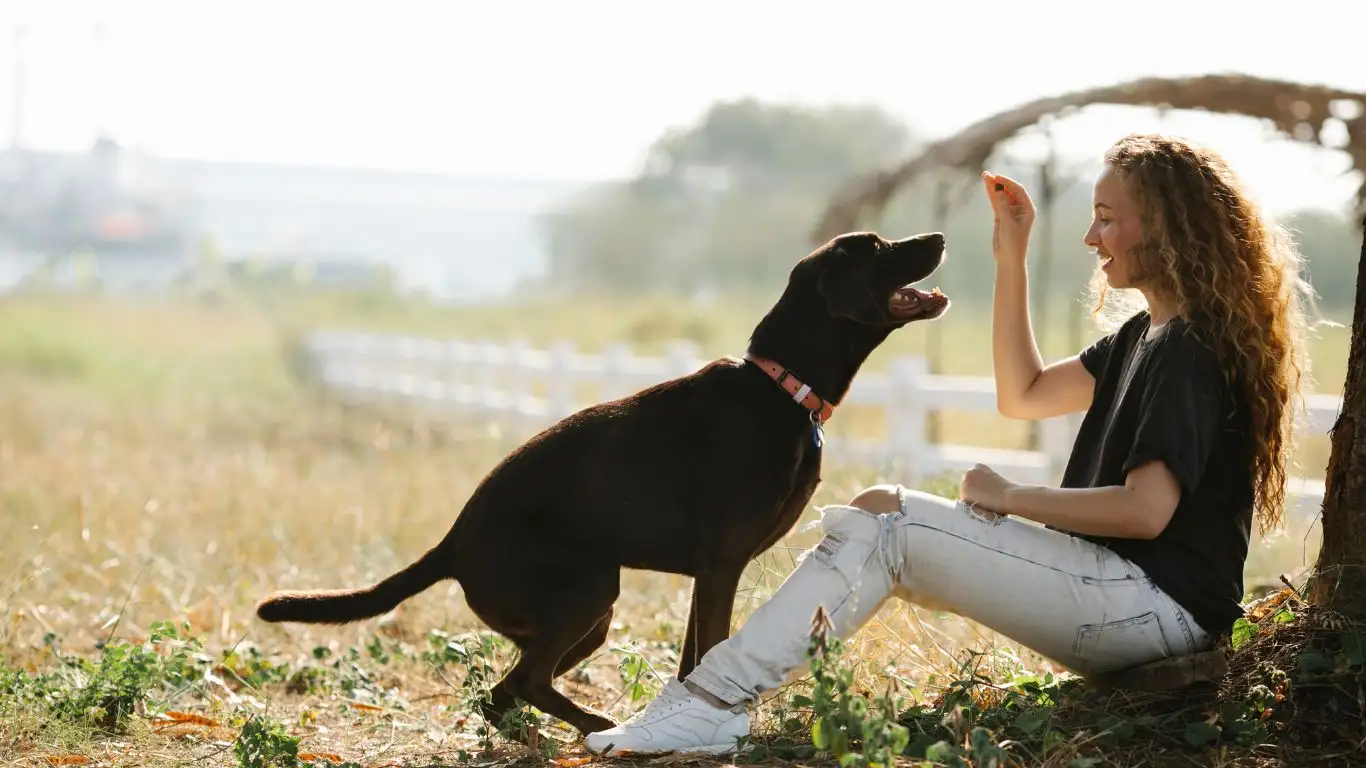
So, your pup is chasing the toy—awesome start! But here’s the next hurdle: getting them to actually bring it back. In my experience as a Canine-Assisted Therapy Trainer, this is the part where most people get a little stuck. I’ve worked with plenty of dogs who were all about the chase, but as soon as they grabbed the toy, it was a game of “keep away.” Sound familiar?
Here’s the deal: dogs need to learn that bringing the toy back is just as rewarding as chasing it. You’ve got to create a loop where they understand that the fun doesn’t end when they return the toy—it continues. The magic word here is *reinforcement*. Every time your dog brings the toy back, you want to celebrate it like they just won a gold medal in the Olympics. Seriously, go big with your praise.
Encourage, Don’t Chase
If your dog grabs the toy and runs off, resist the urge to chase them. It turns into a different game—tag. And guess what? They’ll love that more than fetch. Instead, use a treat or another toy to lure them back. I like to crouch down, arms open, and call them over in a super inviting tone. If they come back with the toy, even halfway, reward that effort. Build from there.
Use Two Toys Technique
One of my favorite hacks? Use two identical toys. When your dog picks up the first one and starts heading back, show them the second toy and toss it gently in your hand. Most dogs will drop the first toy to chase the second—boom! Now you can grab the first one and repeat. Eventually, they learn the value of bringing the toy back without even realizing they’re being trained.
Adding Structure with Verbal Cues
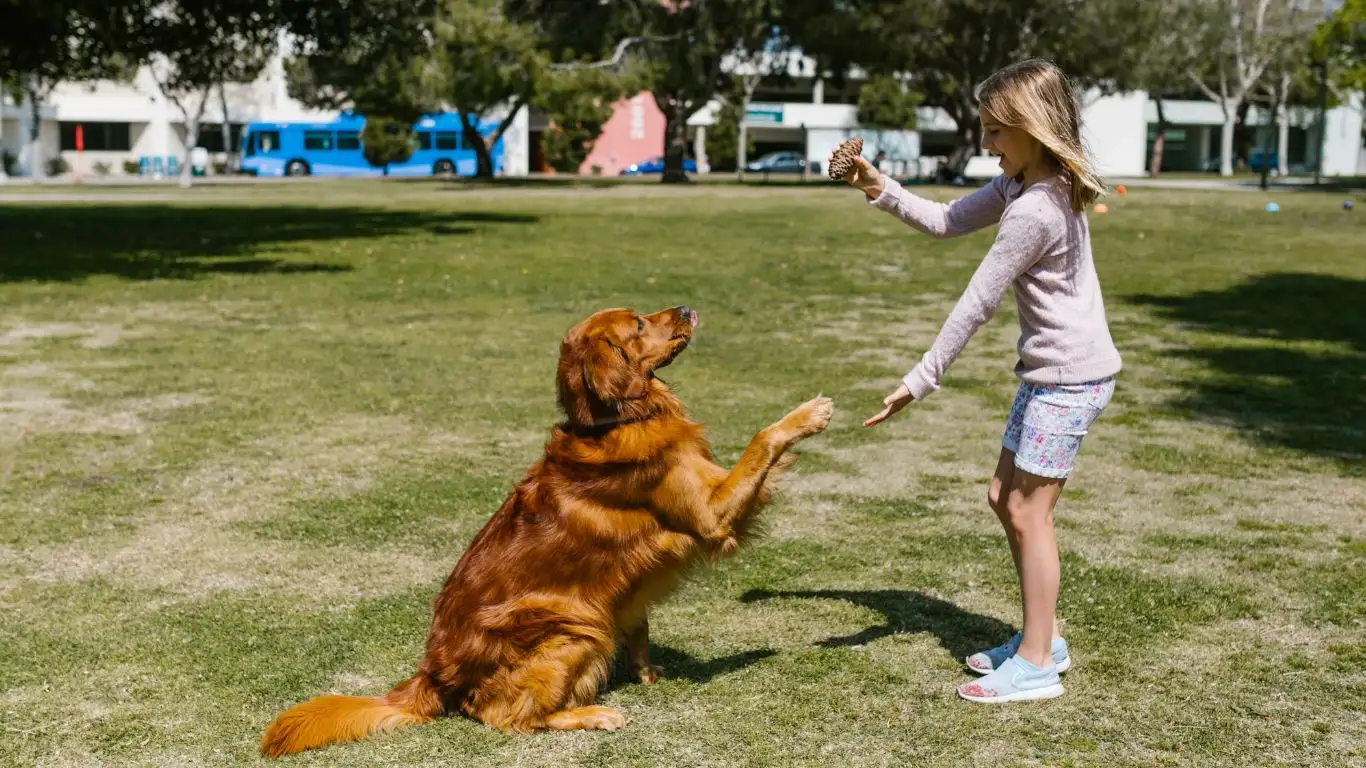
Once your dog gets the basics, it’s time to introduce structure. This part helps turn casual play into an intentional activity. I recommend using simple, consistent cues like “Fetch,” “Bring it,” and “Drop it”. The earlier you start reinforcing these cues, the faster your dog will respond to them.
Timing is Everything
Say the word “fetch” as you throw the toy. When they pick it up, say “bring it” in an excited tone. Then, as they return, cue “drop it” and offer a treat or toss the toy again. The goal is to associate these commands with the actual actions. I’ve found that dogs who play fetch regularly start to anticipate the words, which builds even more enthusiasm into the game.
Reward Consistently
Don’t phase out rewards too soon. I get it—you don’t want to be handing out treats forever. But in the early stages, positive reinforcement builds trust and makes the experience super fun for your dog. I usually keep a pouch of high-value treats handy (think freeze-dried liver or real chicken). After a few weeks, the fetch game becomes the reward in itself.
Working on Focus and Impulse Control
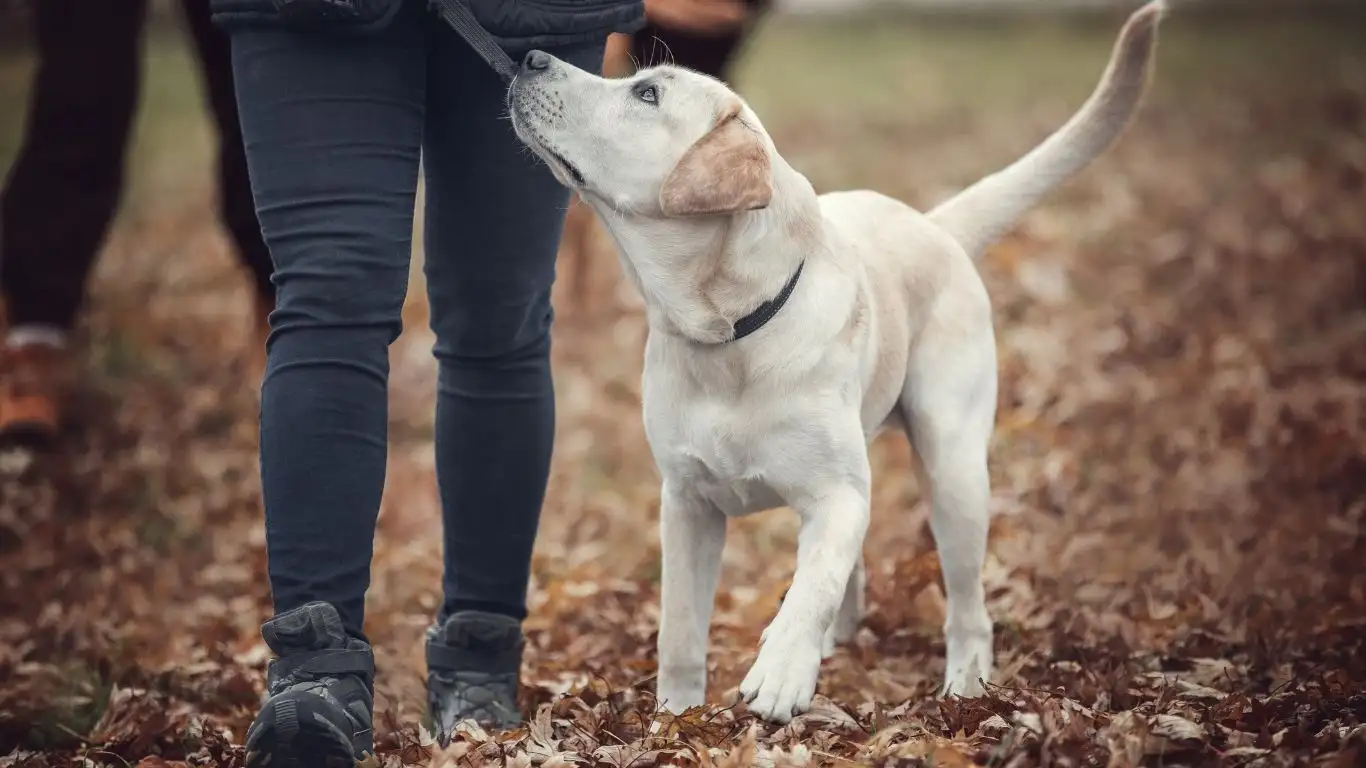
Another key element when figuring out how to train a dog to enjoy playing fetch properly is working on focus. It’s not just about the physical aspect of chasing a toy—it’s mental too. Especially if your dog gets easily distracted or overstimulated (I’ve had a few in my programs that would run after butterflies mid-game).
Practice Eye Contact and Calm Starts
Before you throw the toy, ask your dog to sit and make eye contact. This puts their attention on you and creates a calm start to the game. Trust me, teaching a dog to wait before charging off after the toy is huge. It builds self-control and makes the whole experience more structured.
Short Sessions, Big Wins
Keep training sessions short and sweet. I usually cap them at 10–15 minutes, especially in the beginning. Any longer and you risk burning your dog out or turning the game into a chore. Stop while it’s still fun, and your dog will be excited for the next round. If they seem tired or start losing focus, wrap it up with a win (a successful fetch, treat, and praise) and try again later.
Common Mistakes and How to Avoid Them
Let’s talk about a few rookie mistakes I’ve seen over the years. No shame—we’ve all made them. Here’s how to steer clear:
- Throwing too far too soon: Start small. A five-foot toss indoors beats a long throw your dog ignores outside.
- Overdoing it: Daily sessions are great, but give them time to rest too. Fetch can be surprisingly tiring, both physically and mentally.
- Skipping warm-up play: Ease into fetch with a little tug or playful petting first. It sets a fun tone.
- Not reading body language: If your dog seems stressed, bored, or overstimulated, it’s time to pause. Push too hard and they may start to dislike the game.
Working with different dogs over the years, I’ve learned that no two are alike. Some take to fetch like naturals, others need a bit of coaxing—but with patience, the results are always worth it. Teaching a dog how to enjoy playing fetch properly isn’t just about a ball and a chase. It’s about communication, connection, and creating joyful, shared moments.
Turning Fetch into a Lifelong Bonding Activity
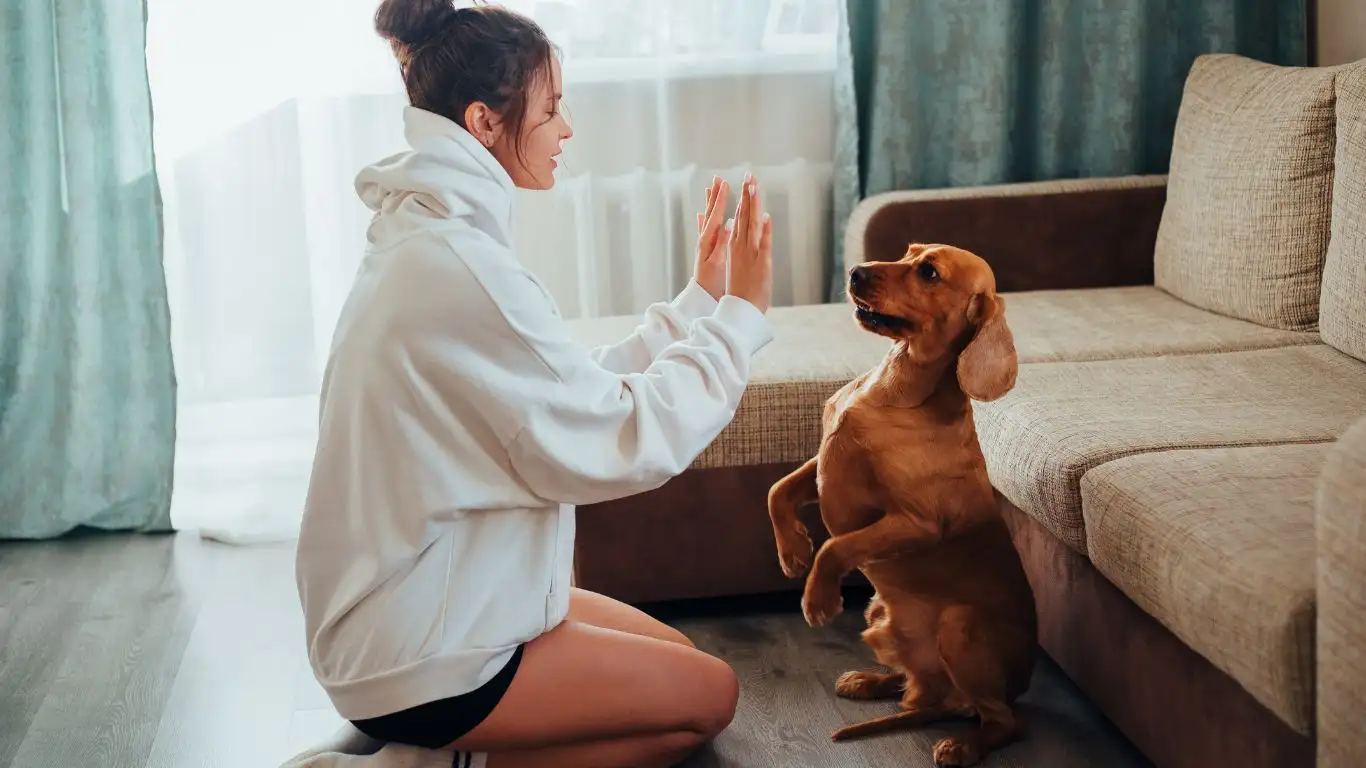
By now, your pup should be well on their way to enjoying fetch, but let’s take it a step further. Teaching your dog how to train and enjoy playing fetch properly isn’t just a one-and-done task—it’s an ongoing, evolving activity that keeps your dog mentally stimulated, physically active, and emotionally connected to you.
One of the most rewarding parts of being a Canine-Assisted Therapy Trainer is watching dogs transform through structured play. I’ve worked with dogs that came in completely disinterested in toys, only to see them light up once they “got” the game. And honestly, it’s these moments—those joyful tail-wagging sessions—that remind me just how powerful simple games like fetch can be.
Keep the Game Fresh
Just like us, dogs can get bored with repetition. To keep the game engaging, vary the environment and the objects you use. Try playing fetch on a trail, in a shallow stream, or even using a soft disc instead of a ball. These little changes can reignite your dog’s curiosity and boost engagement.
You can also change the format of the game itself. For example:
- Hide-and-fetch: Hide the toy and have your dog search for it before fetching it back.
- Obstacle fetch: Set up small obstacles like cones or cushions and have your dog navigate through them on the way to the toy.
- Fetch with a friend: If your dog enjoys company, invite a well-socialized dog buddy over and take turns throwing toys for each of them. Just keep it fair and positive!
Remember, fetch isn’t just physical—it’s mental too. A dog that’s actively thinking during play is more fulfilled than one that’s just running on autopilot.
Adjusting Fetch to Suit Your Dog’s Age & Energy
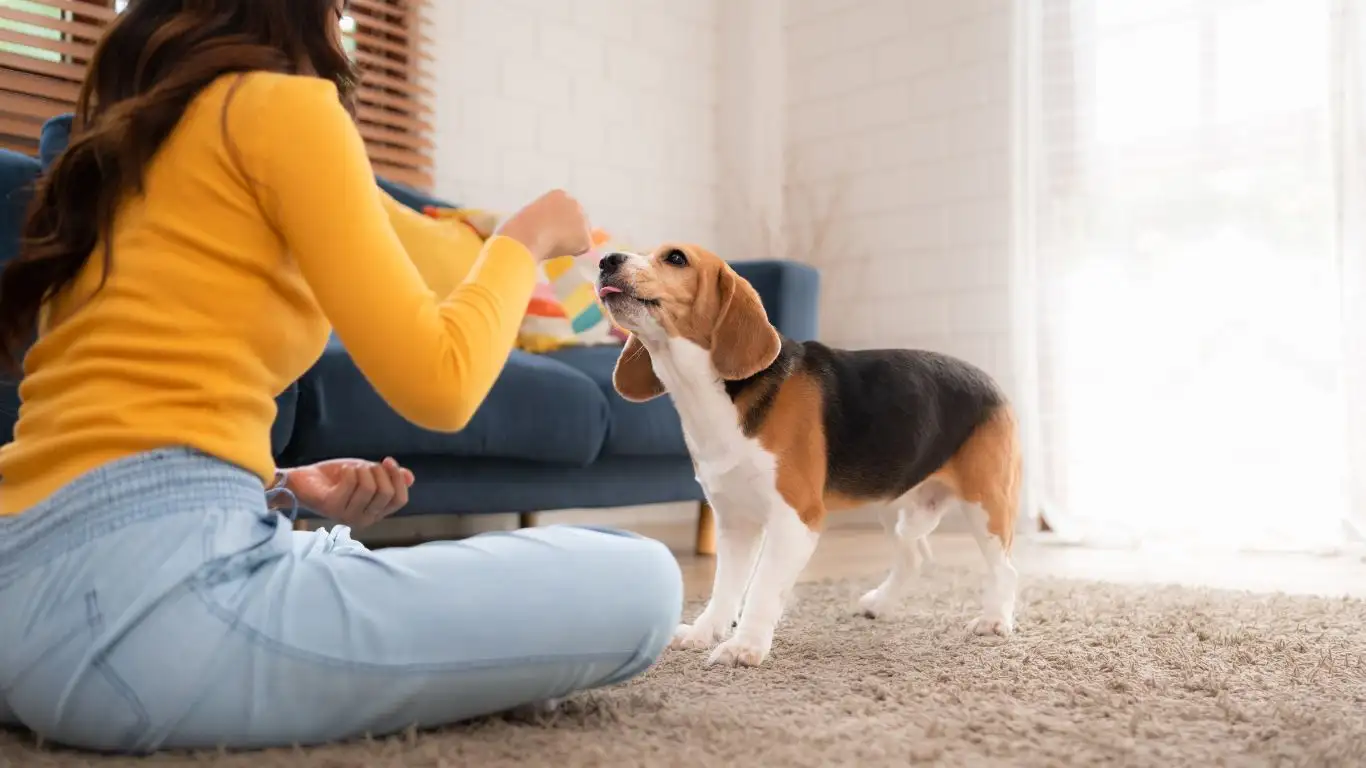
As your dog grows older or if you’re working with a senior dog or one with mobility challenges, fetch doesn’t have to be shelved—it just needs to be adapted. I’ve modified fetch games countless times for therapy dogs who needed something gentler yet still fun.
Low-Impact Fetch Ideas
Try rolling the toy along the ground instead of tossing it. You can also shorten the distance or even play indoors on carpeted flooring to reduce joint impact. Water fetch in shallow pools or lakes is another excellent low-impact option that’s easy on older joints and muscles.
For high-energy dogs, I always suggest structured intervals—throw the ball a few times, ask for a sit or down, then resume. This keeps their mind engaged and prevents overstimulation. These mini-pauses are great for reinforcing obedience and self-control too.
Fetch for Therapy and Emotional Support Dogs
In therapy work, fetch can be more than a game—it’s a tool. I’ve used it in rehab sessions for dogs who’ve lost confidence or had limited mobility. It gives them a sense of purpose and achievement. When you combine physical activity with mental challenges, you get a dog that’s calmer, more balanced, and more responsive to emotional cues from their handler or a therapy client.
Even if your dog isn’t in a formal therapy program, playing fetch properly can help them become more attuned to your energy and signals. It fosters trust and deepens your communication, especially when you consistently use the same verbal cues and reward structure.
Tools That Can Help Level-Up the Game
There are some fantastic tools out there to enhance your fetch sessions. Here are a few that I personally love and use regularly:
- Chuckit! ball launchers: Great for dogs who love long-distance throws but save your shoulder from wearing out.
- Interactive fetch machines: These allow your dog to drop a ball in and launch it themselves. Super fun for independent players.
- Glow-in-the-dark toys: Perfect for those evening sessions when you both need to burn off some energy before bed.
Whatever tool you choose, make sure it’s safe, size-appropriate, and durable. Always supervise your dog with new toys to ensure they don’t chew off and swallow any small parts.
Celebrating Wins and Progress
Every step your dog makes—whether it’s finally dropping the toy on cue or mastering impulse control before a throw—is worth celebrating. I always encourage dog owners to track their progress, either mentally or in a journal. Watching your dog grow into this game with you is something really special.
Also, don’t beat yourself up if progress is slow. Some dogs take weeks, others get the hang of it in a day. Go at your dog’s pace. The best part about fetch is that it’s not a competition. It’s quality time. And when you frame it like that, even the small wins feel huge.
Final Thoughts on How to Train a Dog to Enjoy Playing Fetch Properly
Whether you’re starting fresh with a puppy or reigniting the joy of play with an older dog, learning how to train a dog to enjoy playing fetch properly is one of the most rewarding experiences you’ll share. It’s not just about the game—it’s about communication, mutual trust, and joy. You don’t need fancy gear or endless time. What matters most is your consistency, patience, and enthusiasm.
Every dog is different, and that’s the beauty of the process. You’ll learn just as much about your own approach and energy as your dog learns about the game. So go out there, throw that ball (or toy or frisbee), and have fun with it. Your dog will thank you with wagging tails, eager eyes, and unforgettable moments together.
References
Disclaimer
This article is intended for informational purposes only and is not a substitute for professional veterinary advice, diagnosis, or treatment. Always consult your veterinarian or a certified professional dog trainer regarding your specific dog’s health, behavior, or training needs.
